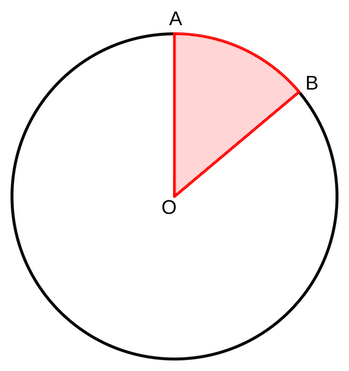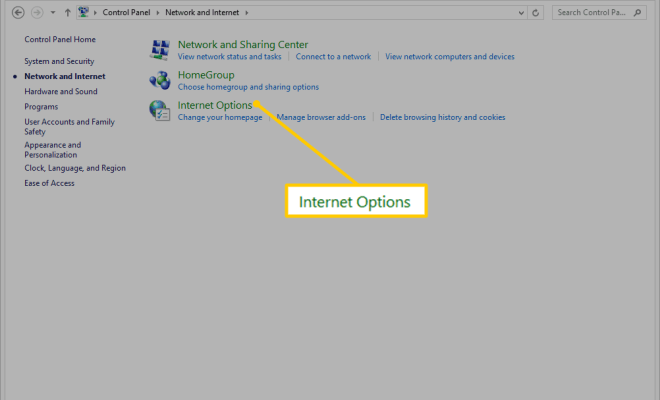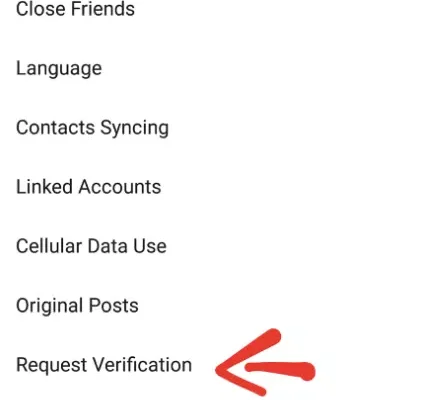What Is a Sector?

A sector is a unit of data storage on a hard drive or other storage device. It is a subdivision of a track, which is a concentric circle on the surface of the disk. A sector is the smallest unit of data that can be read from or written to a disk.
Sectors are typically 512 bytes in size, although some newer disks use 4K sectors. They are organized in a sequence on a track, with each sector containing a header that identifies its location on the disk, as well as the data that is stored in that sector.
When data is written to a disk, it is divided into sectors and written to the disk in a sequential order. The disk’s controller keeps track of which sectors are free and which are in use, and it also manages the reading and writing of data to and from the disk.
Sectors are important because they enable efficient storage and retrieval of data from a disk. Because data can be written to and read from a disk one sector at a time, it is possible to access specific pieces of data quickly and easily. This is in contrast to earlier storage devices, such as tape drives, which required data to be accessed sequentially.
In addition to hard drives, sectors are used in other types of storage devices, such as solid-state drives (SSDs) and USB flash drives. In these devices, the sectors are organized differently than on a traditional hard drive, but the basic concept is the same: data is divided into small units that can be read from and written to individually.
In conclusion, a sector is a basic unit of data storage on a disk. It is a subdivision of a track and contains a header that identifies its location on the disk, as well as the data that is stored in that sector. Sectors are important because they enable efficient storage and retrieval of data from a disk, and they are used in a variety of storage devices, including hard drives, SSDs, and USB flash drives.






